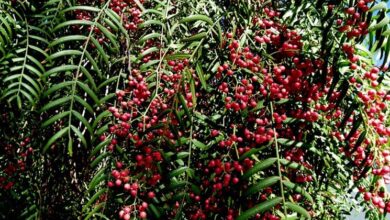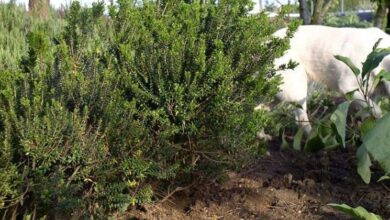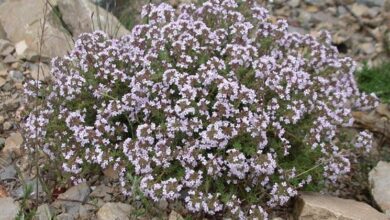Absinthe plant
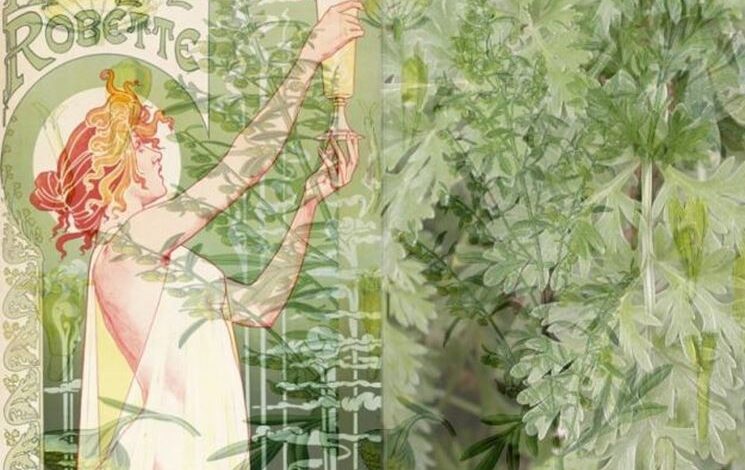
The absinthe plant: origins and history
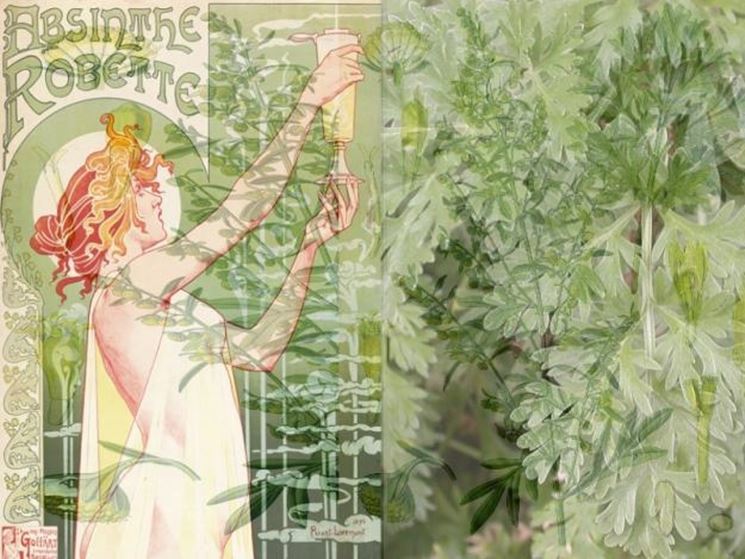
How to grow the absinthe plant
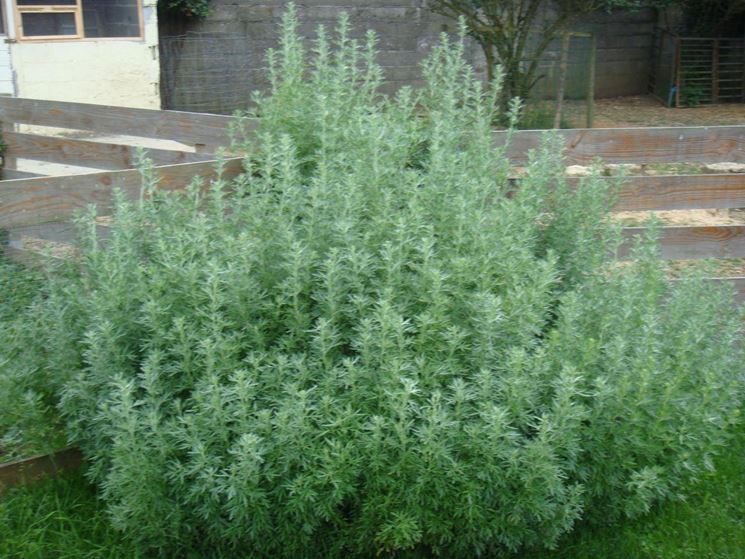
In the Middle Ages absinthe was cultivated for its toning and vermifuge properties, then, starting from the 19th century, it began to be used mainly for the preparation of wines and liqueurs and today it is also appreciated for its decorative beauty. Absinthe is one of the aromatic plants that are easy to grow: it is planted in rich, well-drained and very sunny soil. The ideal time to plant it is spring or autumn. If it finds a suitable place it develops very abundantly. The absinthe plant is resistant to lack of water, but in case of high drought it is still advisable to water it abundantly. In the garden, absinthe can be placed in a rather isolated area, or in a rocky corner. When autumn arrives, it must be cut down to the base of the feet,
The absinthe plant protects the vegetable garden
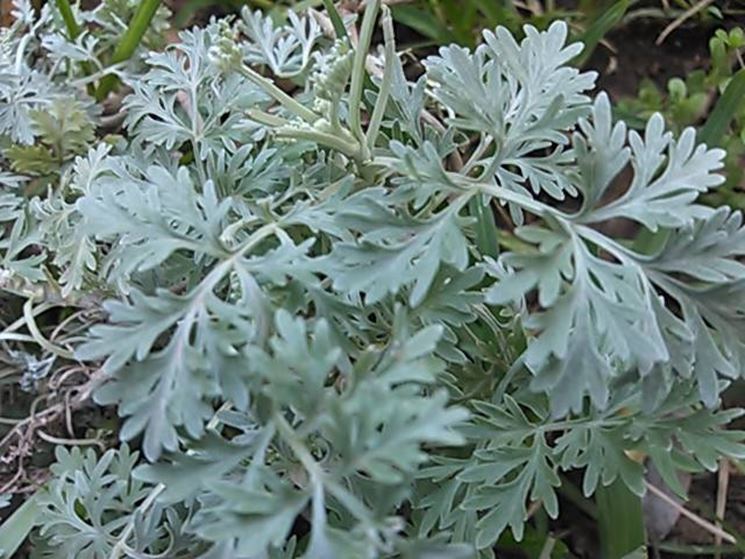
Among the aromatic plants, absinthe has been used for millennia for its medicinal properties. The absinthe plant has a very persistent odor: its leaves, to the touch, release a scent of pepper and anise and from their extract natural repellents are obtained, effective against insects such as mealybugs, mites, seed flies and beetles. . In the garden it can be grown in the ground and thanks to the fragrance it emanates, it will drive away the parasites of nearby plants. However, we must be careful not to plant it in the middle of the other crops in the garden, but in a more isolated place, because its allelopathic properties do not integrate well with legumes. It is therefore better to bury it at the edge of the garden, instead putting some of its leaves at the foot of the crops, as a natural protection against parasites.
Absinthe plant: How to multiply absinthe
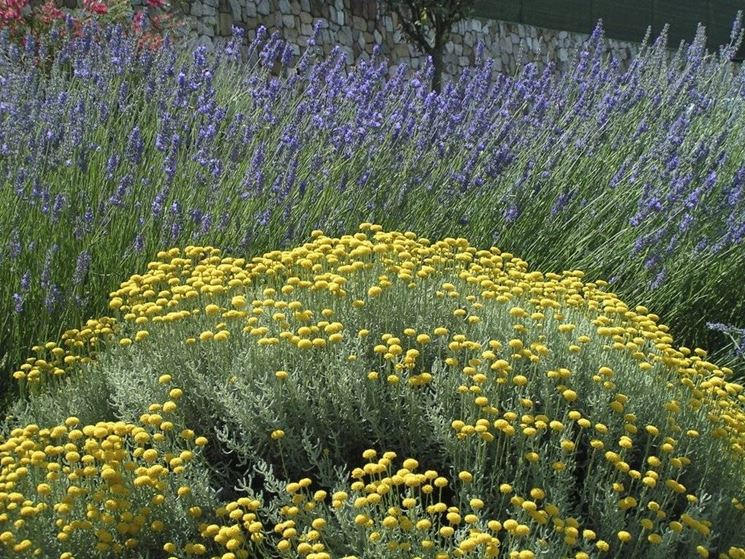
If you have a wormwood plant, multiplying it is very easy, just divide the old feet. Each foot contains roots and it is sufficient to plant it in a pot or in the ground in spring or autumn. If you prefer to multiply it by sowing, spread the seeds in spring, making sure they are sheltered from the last cold. Absinthe is an undemanding plant, in fact it is a spontaneous herb that can be easily found along the country paths. It is also very decorative and for this reason, as well as in the vegetable garden, it can be grown in the garden, in a gardener or directly in the ground (which must be calcareous and rich in nitrogen). A tip: plant absinthe near the windows of your house, its aromatically scented leaves will keep insects away.

